12 Low Maintenance Perennial Flowers For Your Garden

This post follows our research editorial guidelines.

Are you looking for beautiful and colorful flowers to add to your garden but don’t have a lot of time or energy for upkeep? If so, you’re in luck! Some grow low and slow while others keep blooming all summer long.
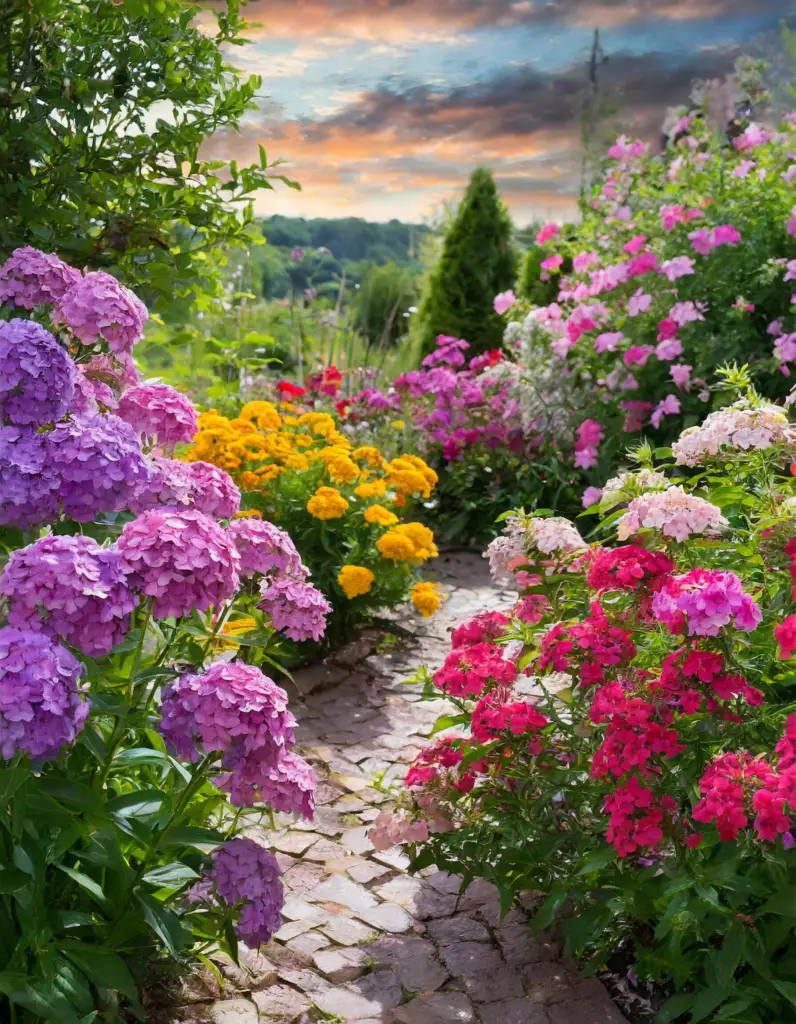
There are plenty of low-maintenance perennial flowers that can thrive in your garden with minimal care and attention. These hardy plants require little watering, pruning, or fertilizing, making them perfect for busy gardeners or those who are still working on getting their green thumb.
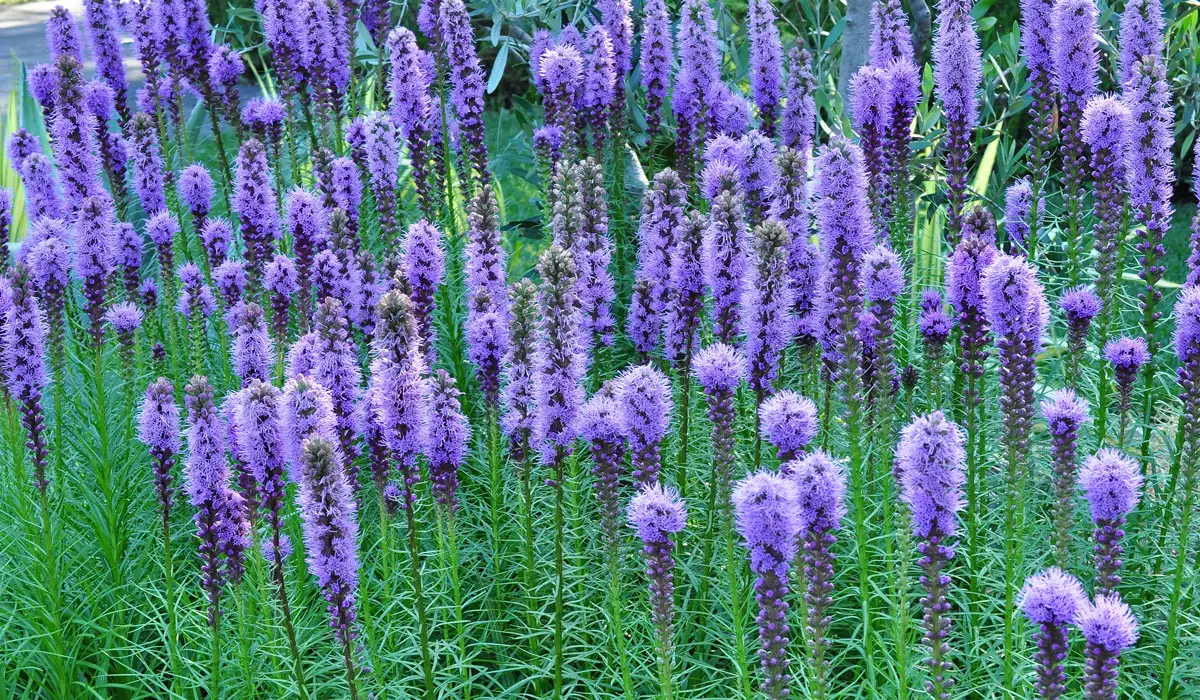
So, let’s take a look at some of the most stunning low-maintenance perennial flowers that will not only add beauty and color to your garden but also save you time and effort.
whether you’re a beginner gardener or an experienced one, get ready to be inspired by these gorgeous and easy-to-care-for plants. 🌼
Quickly Find low-maintenance perennial Flowers:
1. Sedum ‘Autumn Joy’ (Hylotelephium telephium)
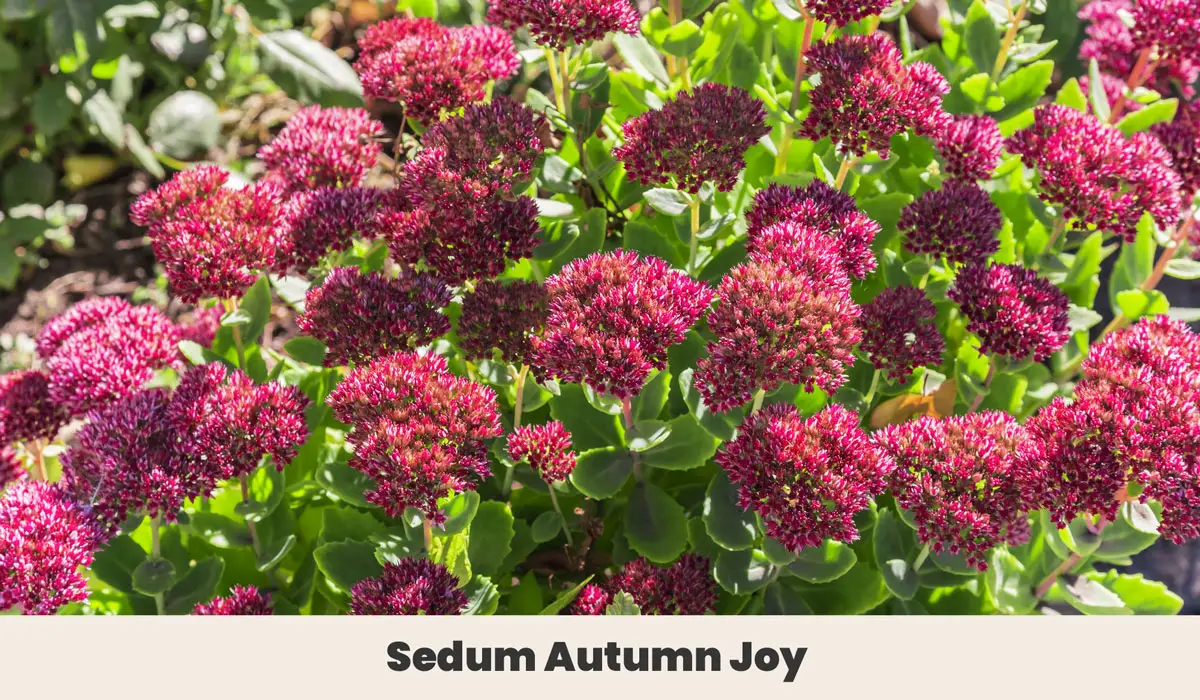
Sedum ‘Autumn Joy’ is a hardy perennial that gardeners love for its low maintenance and stunning autumn blooms. This succulent-like plant features fleshy, grey-green leaves that form a compact, mounding habit. It’s one of my favorite fall flowers. As cold weather rolls in, the foliage turns a rich burgundy color, strikingly contrasting the pinkish-mauve flower heads that emerge in late summer.
Cold Hardy Pick ❄️
One of the cold hardy gems in my garden is the Sedum Autumn Joy. In summer, it boasts these vibrant red clusters blanketing a canopy of broad green leaves. As winter approaches and other flowers fade, the Autumn Joy is able to keep its shape. On those cold mornings, you can expect perfect clusters of flowers glistening in frozen dew. It’s not just about surviving the cold but thriving in it. Nature truly has its way of teaching resilience, doesn’t it?
Overall, Sedum’ Autumn Joy’ is a beautiful addition to any garden, providing a burst of color and requiring minimal care.
| Botanical Name: | Hylotelephium telephium |
| Growth Rate: | Fast |
| Native Range: | Asia and Europe |
| Hardiness Zones: | 3-9 |
| Soil Needs: | Well-drained |
| Blooming Period | Late summer to fall |
| Water needs: | Low to moderate |
| Exposure: | Full sun to partial shade |
2. Butterfly Bush (Buddleja)
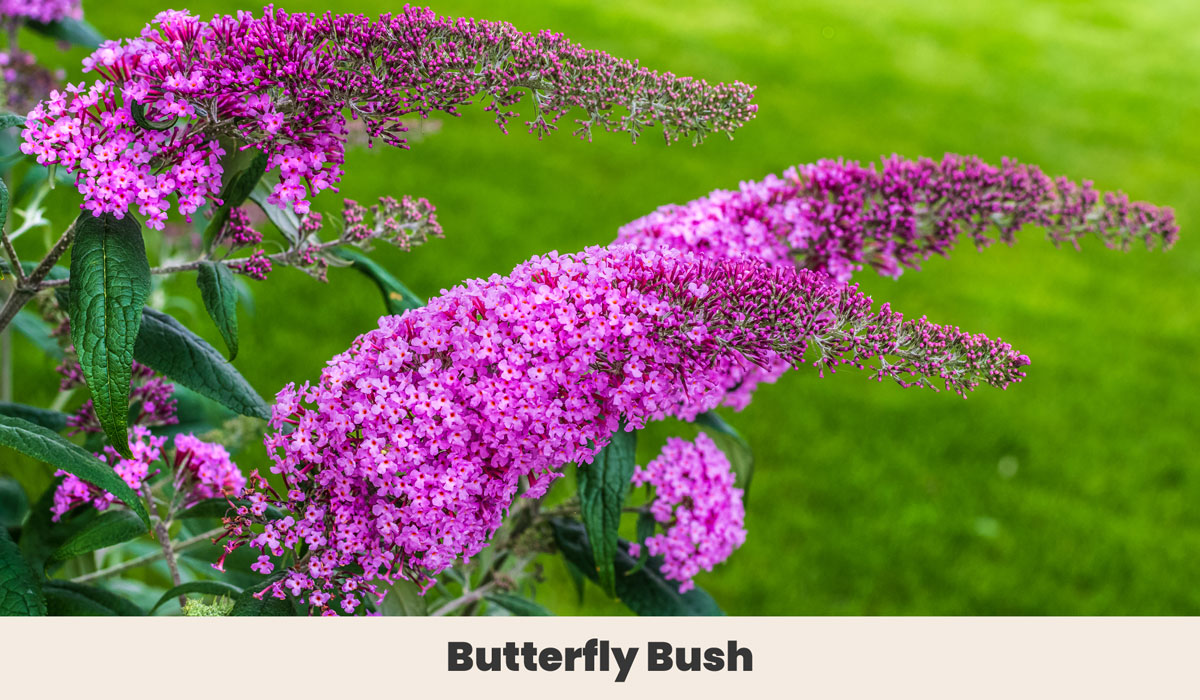
The Butterfly Bush, also known as Buddleja, is a popular perennial shrub that is highly sought after by gardeners for its ability to attract butterflies and other pollinators. This easy-to-grow plant features long, slender spikes of fragrant flowers in shades of pink, purple, white, and red, which bloom in mid-summer and last well into autumn.
In addition to its beauty and pollinator-friendly nature, Butterfly Bush is also prized for its versatility, as it can be trained into a small tree or left to grow as a bush. Whether you have a large garden or a small balcony, this plant will bring color and life to your outdoor space.
| Botanical Name: | Buddleja |
| Growth Rate: | Fast |
| Native Range: | Asia, Africa, and the Americas |
| Hardiness Zones: | 5-9 |
| Soil Needs: | Well-drained |
| Blooming Period: | Late spring through frost, peaking in summer. |
| Water needs: | Moderate |
| Exposure: | Full sun |
3. Blanket Flower (Gaillardia)
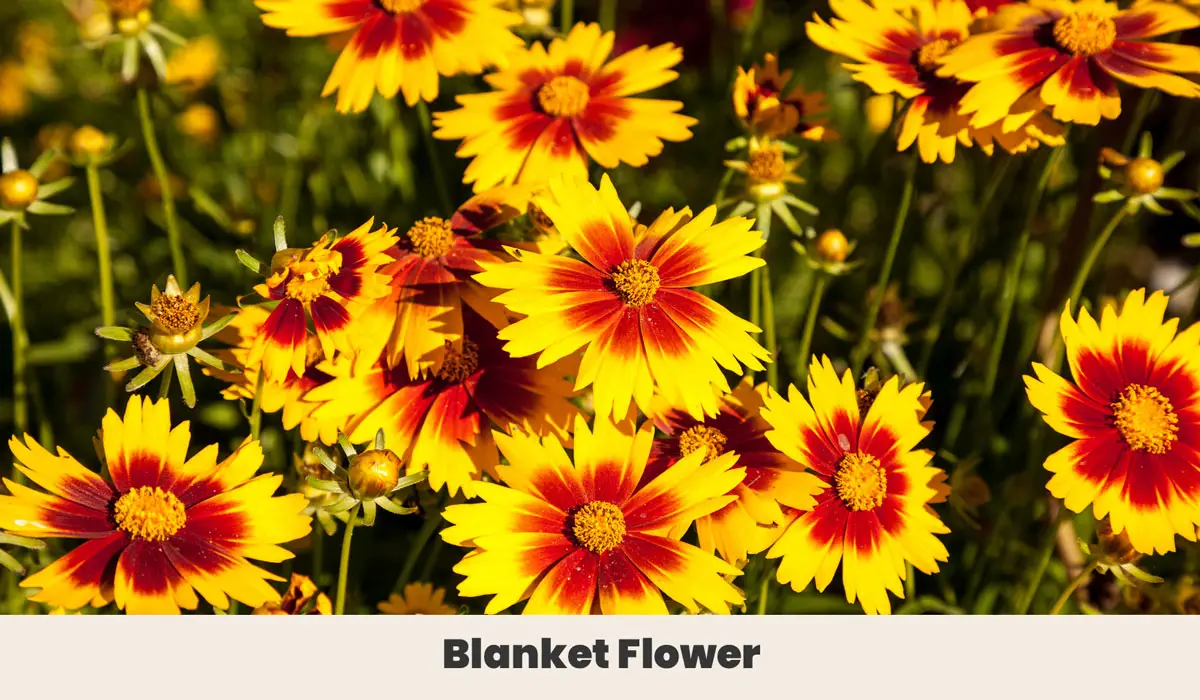
The Blanket Flower, or Gaillardia, is a hardy low growing perennial that adds color to any garden. This plant features large, daisy-like flowers with bright yellow or orange-red petals and a red-brown center. The blooms last from early summer until fall, making them a long-lasting addition to your garden. Try incorporating soothing muted tones like Salvia or Lavender to complement the fiery orange petals of this perennial.
In addition to its drought tolerance and pollinator-friendly nature, Blanket Flower is also low-maintenance and can grow in various soil types. Whether you have a rock garden or a meadow, this plant will add color and life to your outdoor space.
| Botanical Name: | Gaillardia |
| Growth Rate: | Moderate |
| Native Range: | North and South America |
| Hardiness Zones: | 3-10 |
| Soil Needs: | Well-drained, sandy soil |
| Blooming Period: | Early summer to fall, with deadheading |
| Water needs: | Regular |
| Exposure: | Full sun |
4. Garden Phlox (Phlox paniculata)
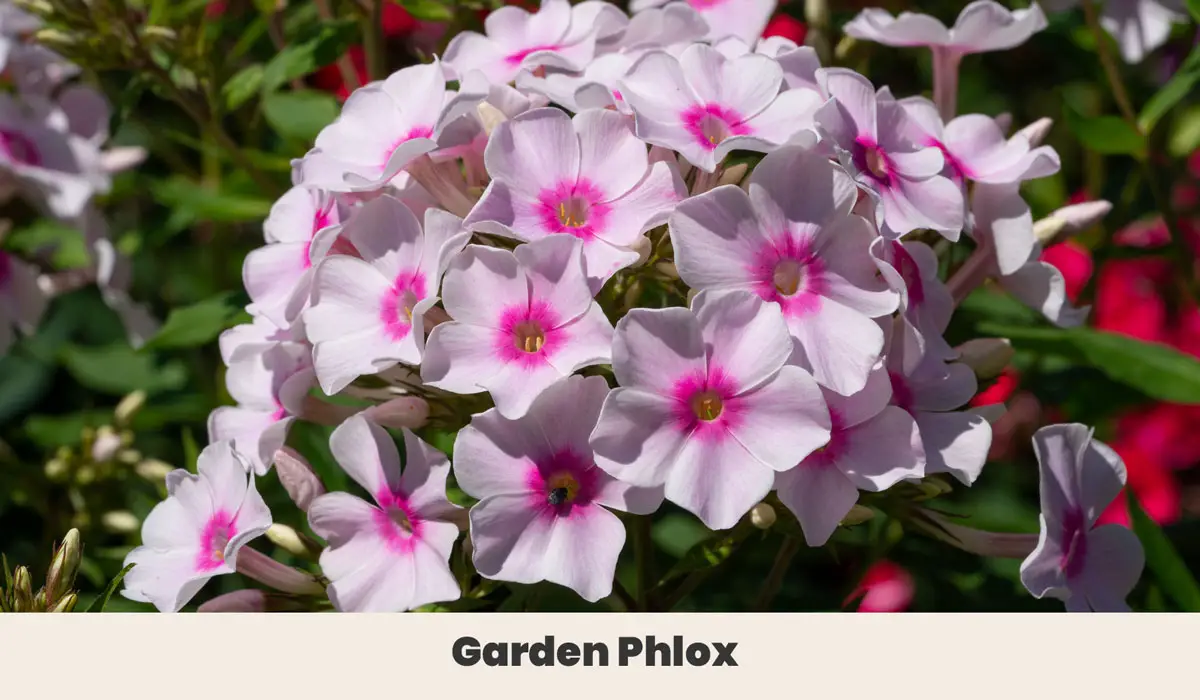
Garden Phlox, or Phlox paniculata, is on my list as one of the top perennial flowers that bloom all summer. prized for its fragrant and colorful blooms. This plant features dense clusters of flowers in shades of pink, purple, white, and red that color in mid-summer and last for several weeks. The flowers are beautiful to pollinators, such as bees and butterflies, making them a great addition to any pollinator garden.
Summer Staple🌞
Garden Phlox is a summer staple in my garden. It’s able to grow just about anywhere and can easily divide to create new plants every 2 years. Grow Phlox to fill your space with the fruity scent of floral scent of roses and honeysuckle. Try growing Garden Phlox among the soft mutated tones of Lamb’s Ear or the feathery spires of the Goldenrod.
In addition to its beauty and pollinator-friendly nature, Garden Phlox is also highly resistant to deer and rabbit damage, making it an excellent choice for gardens in areas with high wildlife activity.
| Botanical Name: | Phlox paniculata |
| Growth Rate: | Moderate to fast |
| Blooming period: | Mid to late summer |
| Hardiness Zones: | 3-8 |
| Exposure: | Full to partial sun |
| Soil Needs: | Well-draining, fertile soil |
| Water needs: | Consistent moisture required |
5. New England Aster (Symphyotrichum novae-angliae)
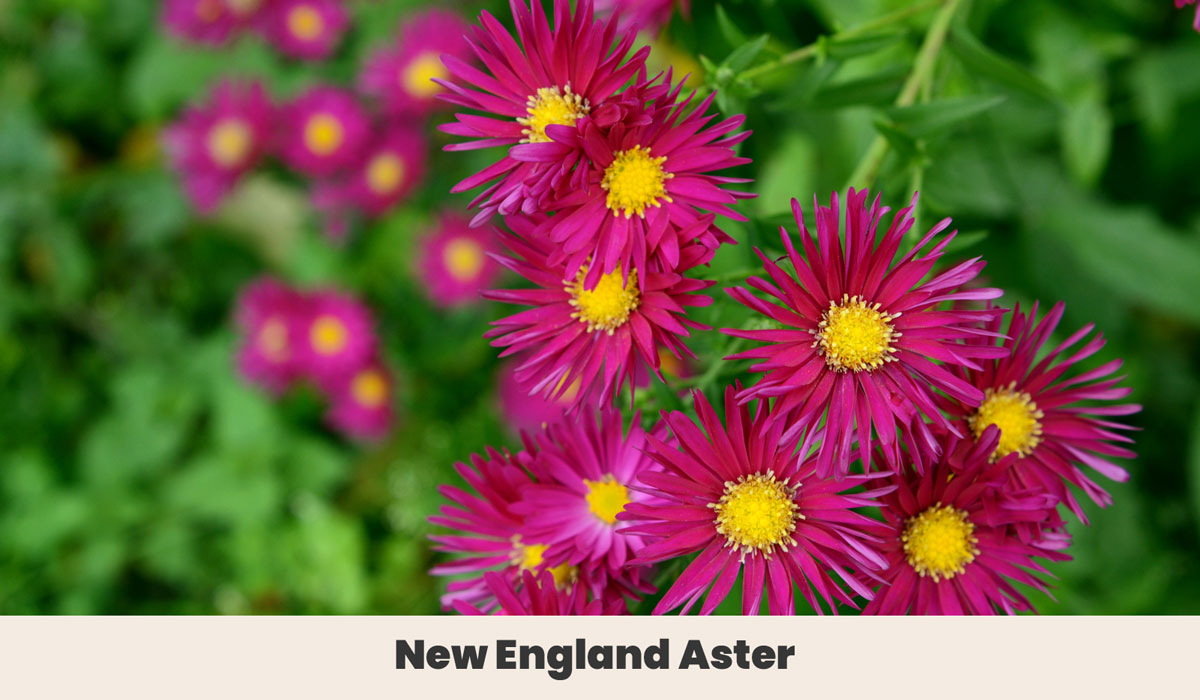
The New England Aster, also known as Symphyotrichum novae-angliae, is a stunning native perennial flower that blooms in late summer and early fall. This plant features large clusters of purple, pink, or white flowers that are beautiful to pollinators such as bees, butterflies, and hummingbirds.
In addition to its beauty and pollinator-friendly nature, New England Aster is also highly resistant to pests and diseases, making it a low-maintenance addition to your garden.
| Botanical Name: | Symphyotrichum novae-angliae |
| Growth Rate: | Moderate to Fast |
| Native Range: | North America |
| Hardiness Zones: | 3 to 8 |
| Soil Needs: | Well-draining, fertile soil |
| Blooming Period: | Late summer to fall. |
| Water needs: | Moderate |
| Exposure: | Full sun |
6. Yarrow (Achillea millefolium)
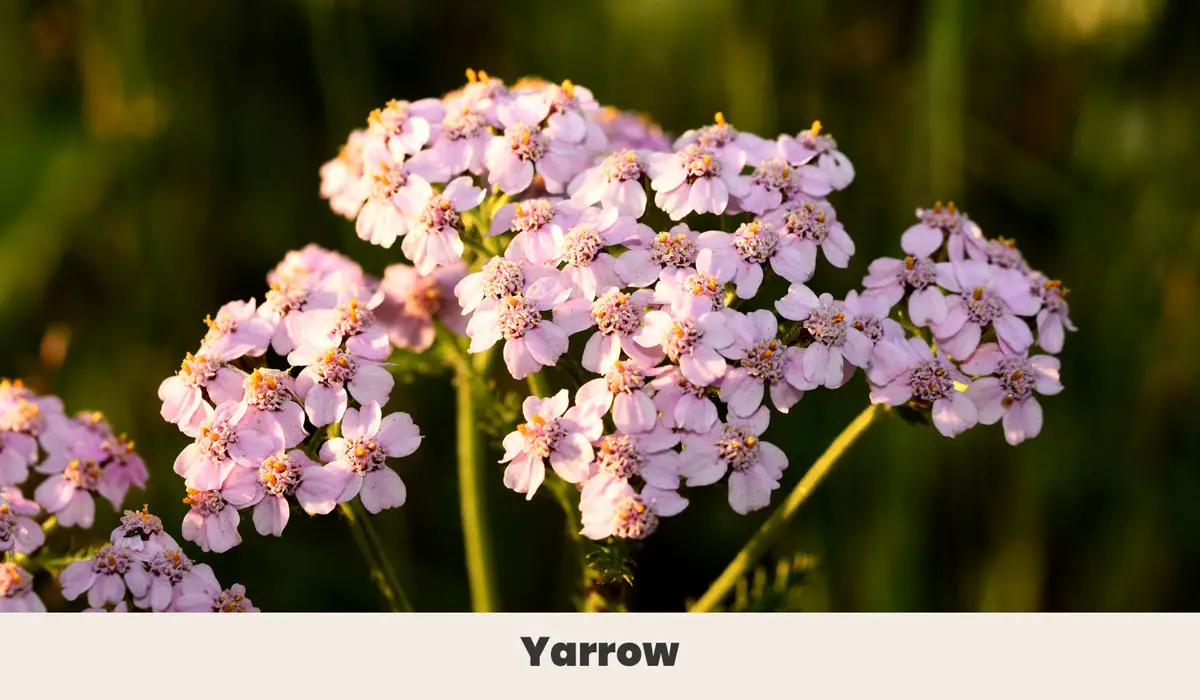
Yarrow, or Achillea millefolium, is a hardy perennial flower known for its delicate and feathery foliage and clusters of tiny flowers in shades of yellow, white, pink, or red. The flat top clusters of the Yarrow flower make it easy for nearby pollinators to land on and feed. This is why you will often see butterflies attracted to Yarrow.
Soil Savior 🌱
If you notice that your garden soil is compact and harder to work with lately, this could spell trouble for plants with sensitive root systems. Instead of reaching for new soil to till-in try planting some Yarrow. The extensive root system this flower has to offer will break up compact soil to create better drainage. This is a necessity for Lavender and Butterfly bushes which both require good draining soil to thrive.
| Botanical Name: | Achillea millefolium |
| Growth Rate: | Fast |
| Native Range: | Northern hemisphere |
| Hardiness Zones: | 3 to 9 |
| Soil Needs: | Well-draining, poor soil |
| Blooming Period: | Late spring to early summer, with potential re-bloom in fall. |
| Water needs: | Low |
| Exposure: | Full sun |
7. Blazing Star (Liatris)
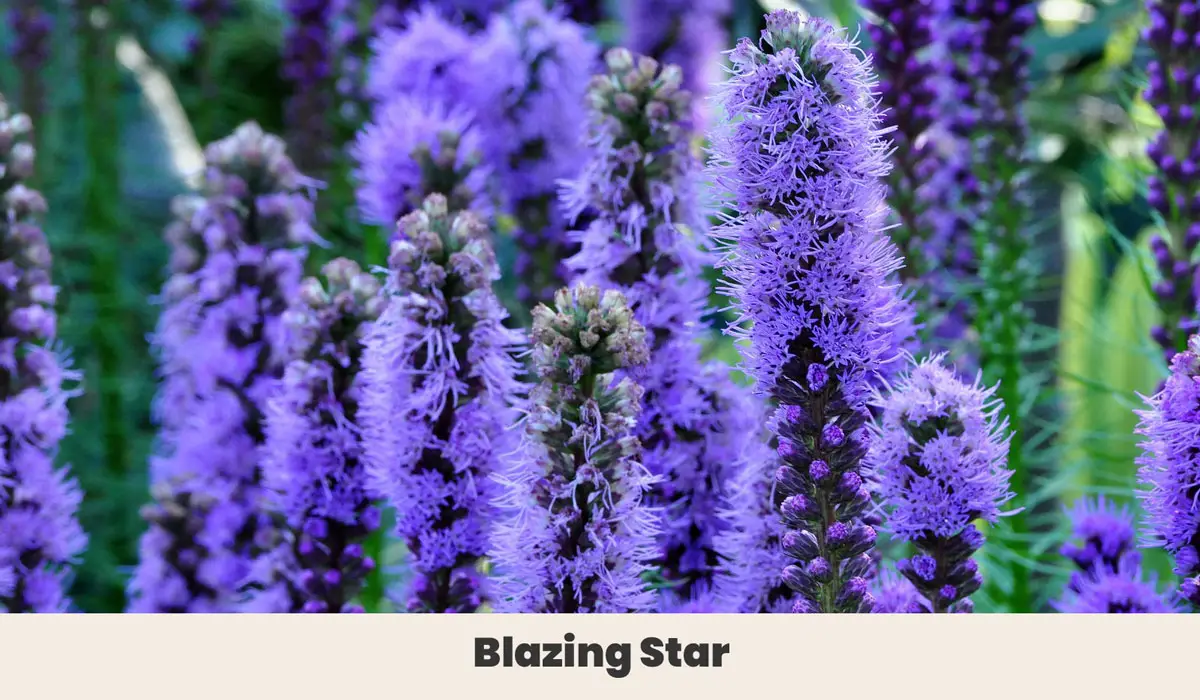
Blazing Star, or Liatris, is a striking native perennial flower known for its tall spikes of purple, pink, or white flowers that bloom in late summer and early fall. This plant is highly attractive to pollinators such as bees and butterflies, making it a valuable addition to any pollinator garden.
In addition to its beauty and pollinator-friendly nature, Blazing Star is also highly adaptable to various soil types and light conditions, making it an excellent choice for a wide range of garden settings, from borders and meadows to rock gardens and containers.
| Botanical Name: | Liatris |
| Growth Rate: | Moderate |
| Native Range: | North America |
| Hardiness Zones: | 3-9 |
| Soil Needs: | Well-draining, average to dry soil |
| Blooming Period: | Late summer |
| Water needs: | Low to moderate |
| Exposure: | Full sun |
8. Primrose (Primula vulgaris)
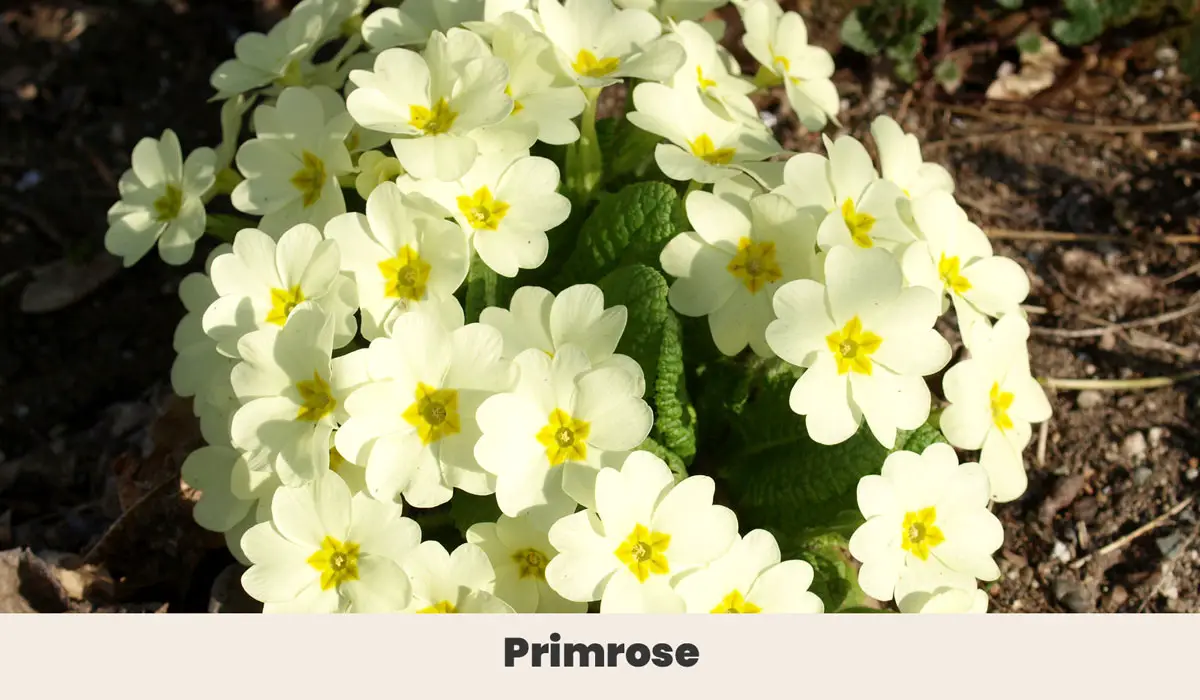
Primrose, or Primula vulgaris, is a charming early-spring blooming perennial flower native to Europe and Asia. This plant is often confused as a weed and features clusters of delicate flowers in shades of pink, purple, white, and yellow and is highly attractive to early-season pollinators such as bees and butterflies.
| Botanical Name: | Primula vulgaris |
| Growth Rate: | Slow |
| Native Range: | Europe, Asia |
| Hardiness Zones: | 3-8 |
| Soil Needs: | Moist, well-drained |
| Blooming Period: | Early spring |
| Water needs: | Regular |
| Exposure: | Partial to full shade |
9. False Goat’s Beard (Astilbes)
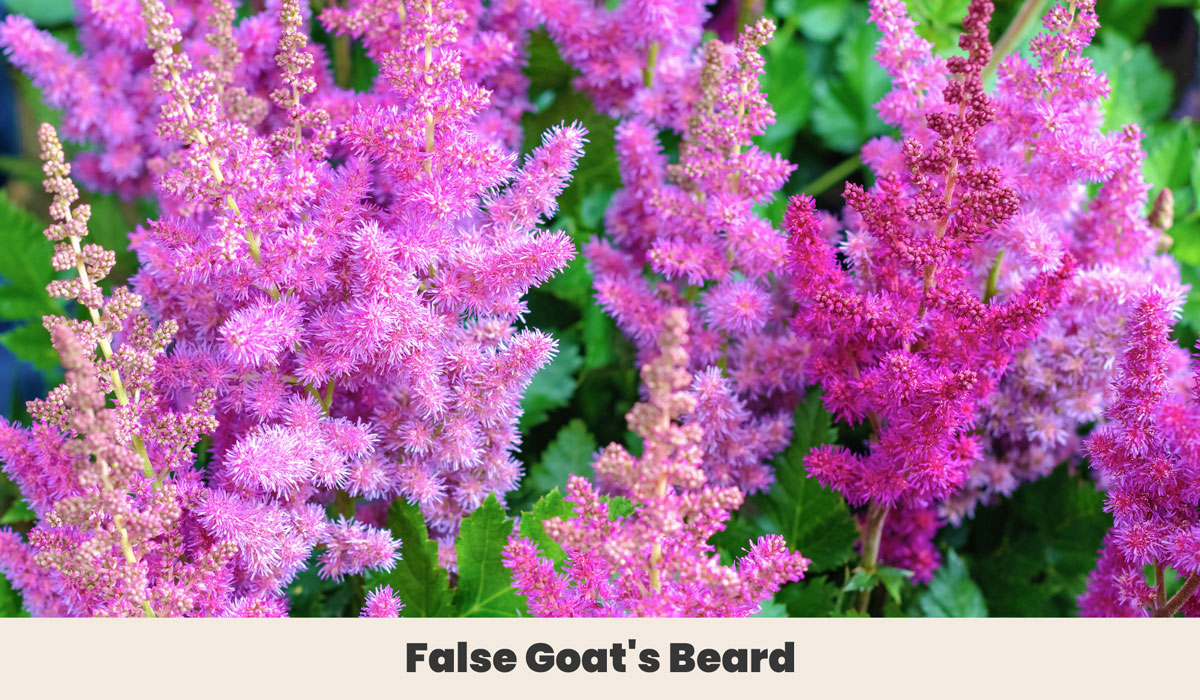
False Goat’s Beard, or Astilbes, are graceful and elegant perennial flowers known for their feathery plumes of flowers in shades of pink, red, white, and purple. This plant is highly attractive to pollinators such as bees and butterflies, making it a great addition to any pollinator garden.
In addition to its beauty and pollinator-friendly nature, False Goat’s Beard is also deer-resistant, making it an excellent choice for gardens in areas where deer are common.
| Botanical Name: | Astilbe |
| Growth Rate: | Fast |
| Native Range: | Asia, North America |
| Hardiness Zones: | 3-9 |
| Soil Needs: | Moist, well-drained, acidic |
| Blooming Period: | Late spring to early summer |
| Water needs: | Consistent moisture needed |
| Exposure: | artial shade to full shade (though they can tolerate sun if kept consistently moist) |
10. Lungwort (Pulmonaria)
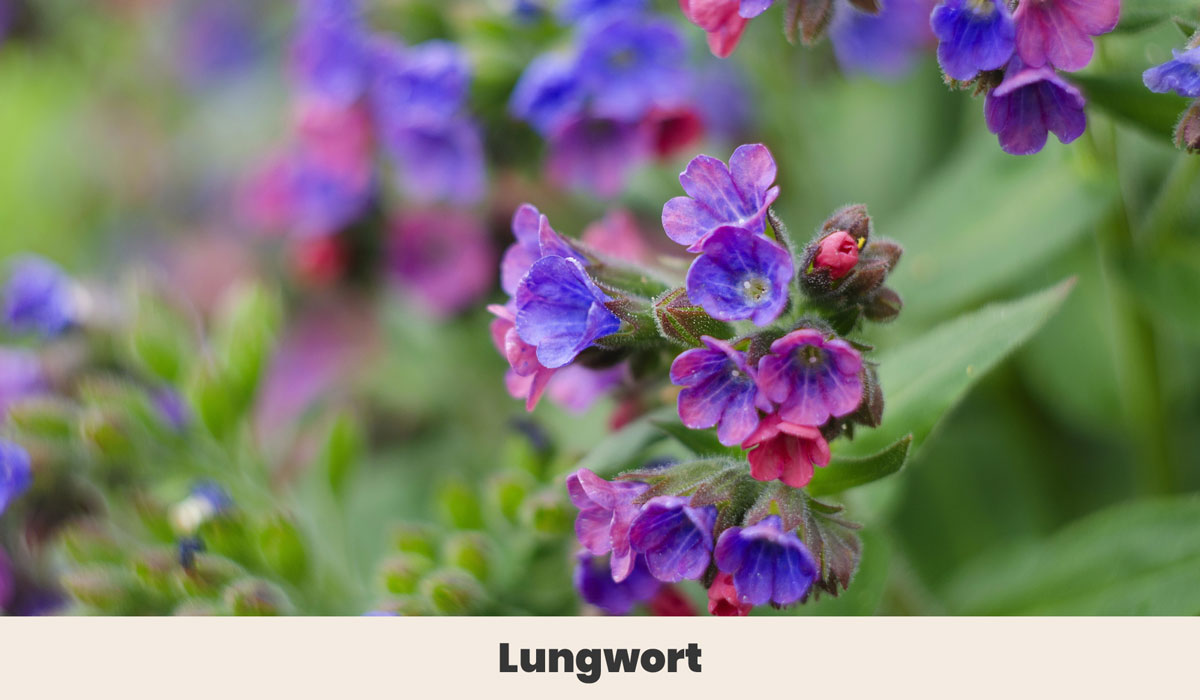
Lungwort, or Pulmonaria, is a unique and attractive perennial flower known for its striking foliage and delicate flowers. The leaves of this plant are green with white or silver spots, creating a lovely contrast in shady garden areas. The flowers are typically pink, purple, or blue and are highly attractive to early-season pollinators such as bees and butterflies.
| Botanical Name: | Pulmonaria |
| Growth Rate: | Medium |
| Native Range: | Europe, Western Asia |
| Hardiness Zones: | 4-8 |
| Soil Needs: | Moist, well-drained |
| Blooming Period: | Spring |
| Water needs: | Average to moist |
| Exposure: | Partial shade to full shade |
11. Catmint (Nepeta)
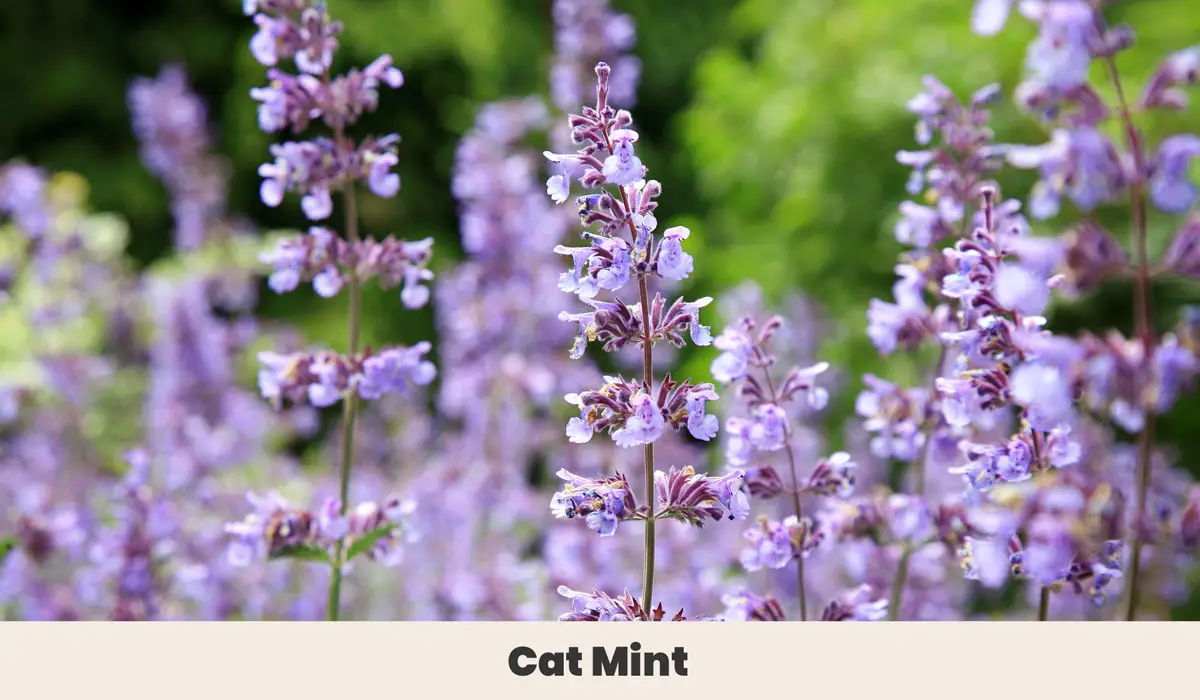
Catmint, or Nepeta, is a hardy and attractive perennial flower known for its striking blue-purple flowers and fragrant foliage. This plant is an excellent choice for gardeners looking to attract pollinators such as bees and butterflies, as it is desirable to these essential insects.
According to horticultural expert David Salman, “Catmint is a great choice for garden areas that receive full sun and have well-draining soil. It is drought-tolerant and low-maintenance, making it a great choice for busy gardeners.”
| Botanical Name: | Nepeta |
| Growth Rate: | Fast |
| Native Range: | Europe, Asia, Africa |
| Hardiness Zones: | 3-8 |
| Soil Needs: | Well-drained |
| Blooming Period: | Late spring to early summer with a possible re-bloom later in summer if deadheaded |
| Water needs: | Average |
| Exposure: | Full sun to partial shade |
12. Purple Coneflowers (Echinacea purpurea)
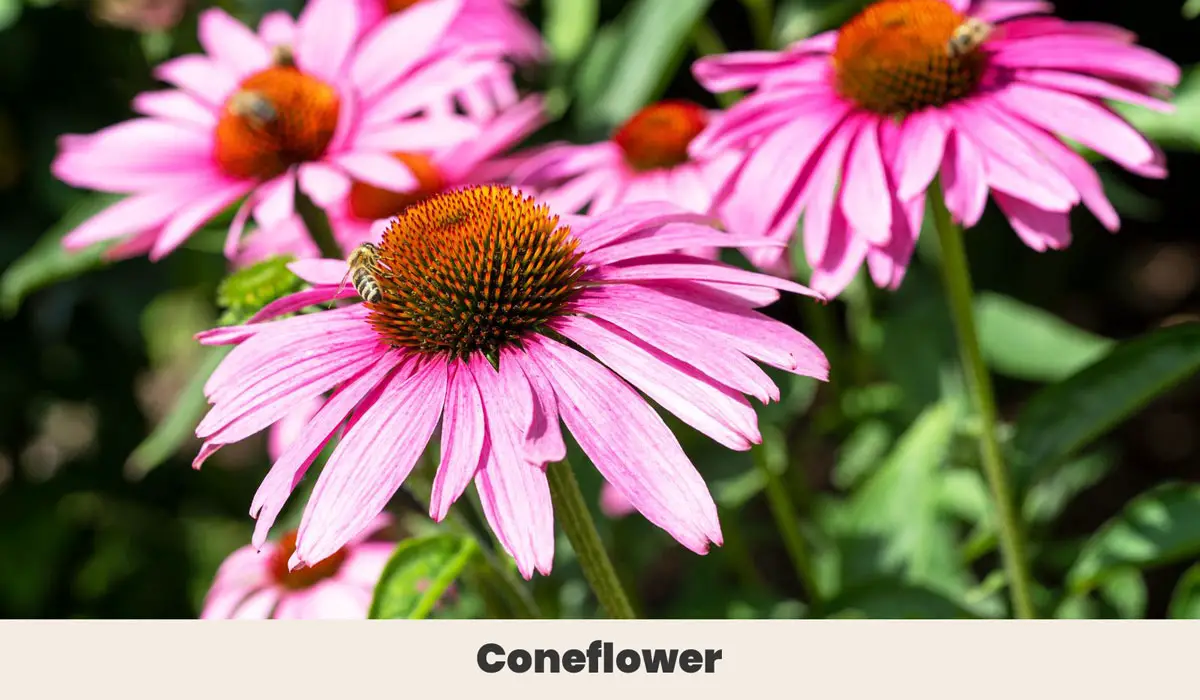
Purple Coneflowers, or Echinacea purpurea, is a popular perennial flower known for its striking pink-purple petals and spiky central cones.
Purple Coneflowers are also highly attractive to pollinators such as bees and butterflies. If you’re looking for a low-growing option they are also available in dwarf varieties.
| Botanical Name: | Echinacea purpurea |
| Growth Rate: | Medium |
| Native Range: | Central and Eastern North America |
| Hardiness Zones: | 3-9 |
| Soil Needs: | Well-drained |
| Blooming Period | Early summer to early fall |
| Water needs: | Average |
| Exposure: | Full sun |
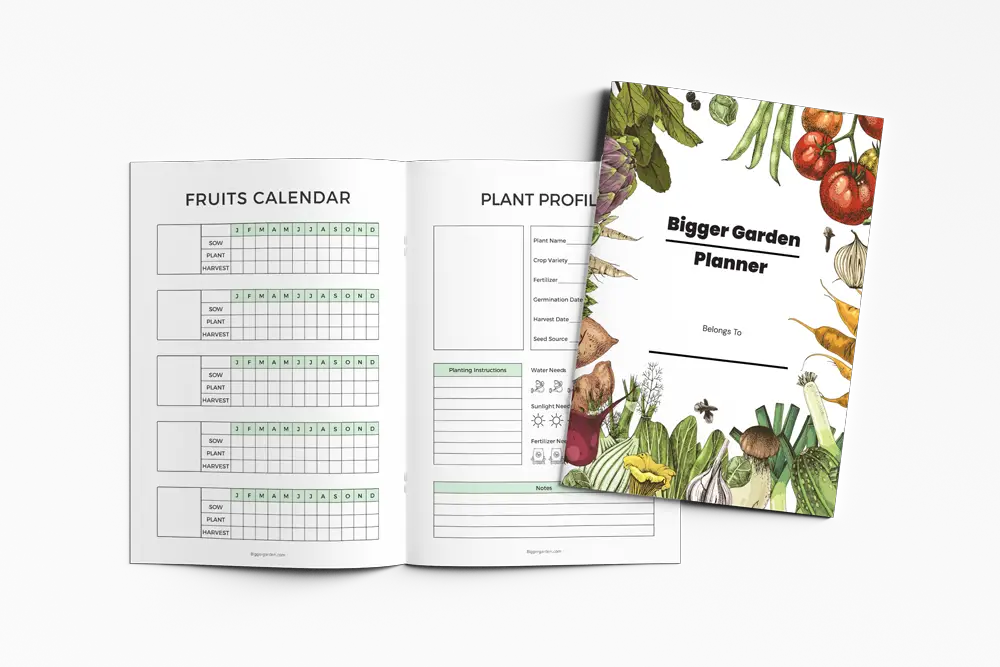
Before you go!
10 Outrageous Orange Perennial Flowers To Grow In Your Garden
11 Plants With Year-Round Flowers – Enjoy Gardening in Full Bloom
11 Stunning Red Perennial Flowers That Bloom All Summer + Growing Guides
12 Tall Perennials With The Best Pink Flowers in Bloom